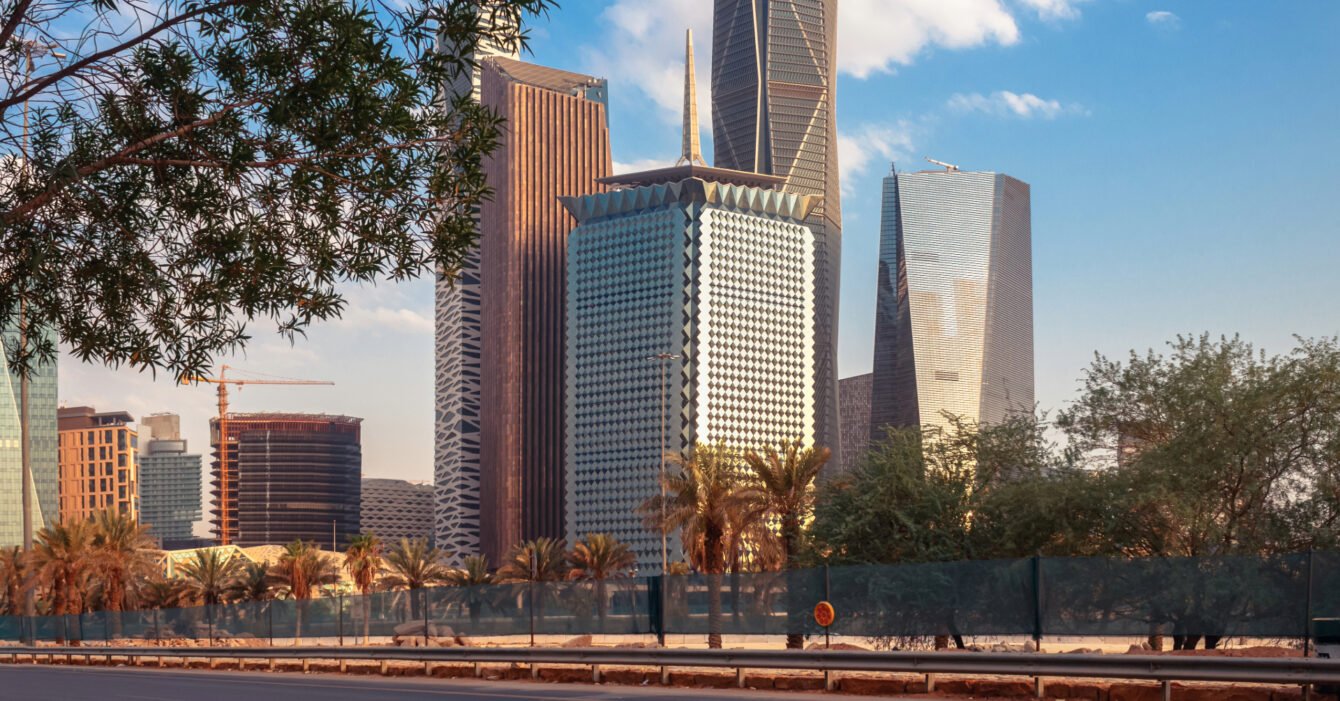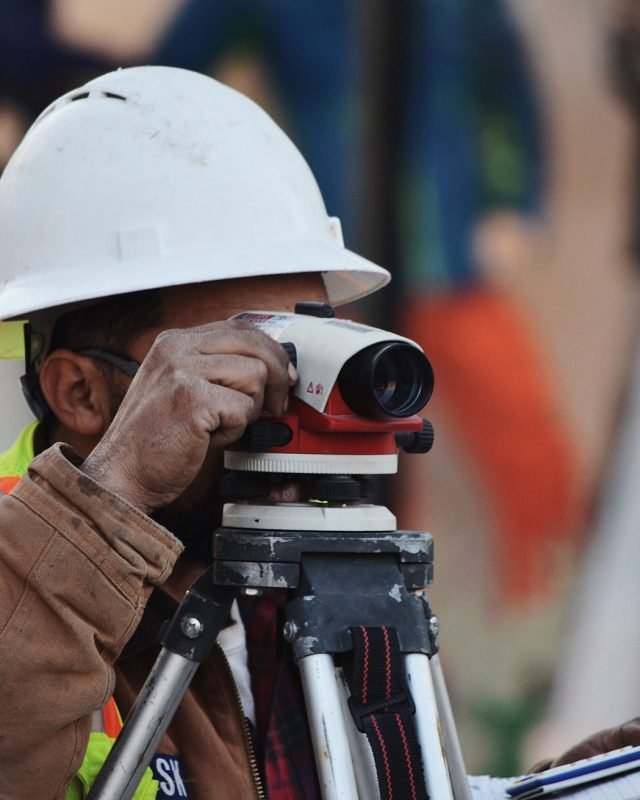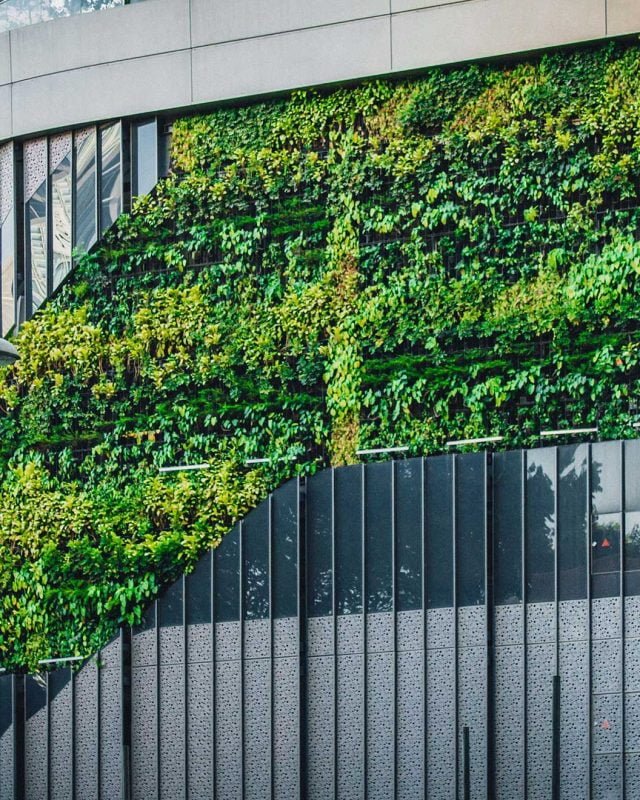Exploring Modern Techniques Transforming Construction in Saudi Arabia
The Kingdom’s Vision 2030 initiative is driving a transformative phase in the Saudi Arabian construction industry. This revolution is marked by the increased use of sustainable materials and the adoption of contemporary construction techniques like 3D printing and prefab construction. These modern construction techniques are not only promoting sustainability but also enhancing efficiency and reducing costs. This article examines these modern building methods, highlighting case studies and future developments.
Prefab Construction in Saudi Arabia: Speed and Efficiency
Prefab construction, or prefabrication, involves manufacturing building components off-site and assembling them on-site. This method significantly reduces construction time and labor costs. In Saudi Arabia, prefab construction is gaining momentum, particularly in housing projects, due to its ability to streamline project timelines and enhance quality control. Prefabrication also minimizes waste and improves safety on construction sites. One real example is the use of prefabricated steel and container homes in various residential projects, which allows for rapid assembly and high-quality standards.
3D Printing Construction in Saudi Arabia: First 3D-printed Mosque in Jeddah
![]()
3D printing, also known as additive manufacturing, is revolutionizing the construction industry by enabling the creation of complex structures with precision and efficiency. This technology uses computer-generated designs to build structures layer by layer, reducing material waste and labor costs.
In Saudi Arabia, the introduction of 3D printing in construction has reached new heights with the world’s first 3D-printed mosque, located in the Al-Jawhara suburb of Jeddah. Spanning an area of 5,600 square meters, the Abdulaziz Abdullah Sharbatly mosque was constructed using cutting-edge 3D printing technology. Completed in March 2024 within six months, the mosque features distinctive minarets and integrates natural light to foster serenity among worshipers. This landmark project not only positions Saudi Arabia as a technological hub but also showcases the potential of 3D printing to revolutionize architectural design and construction.
The success of this initiative has paved the way for broader adoption of 3D printing as one of emerging modern construction techniques in the construction sector, demonstrating its potential to reduce construction time and costs while offering design flexibility.
Future Trends in Saudi Construction: Modular Construction and Beyond
Among the modern construction techniques trends set to shape the industry, modular construction stands out as a game-changer. Modular construction is a form of prefab construction wherein sections or “modules” are constructed in controlled factory settings off-site and subsequently assembled on-site. Modular construction has gained traction worldwide and is particularly emerging as a vital solution in the Middle East, including Saudi Arabia. In terms of productivity, financial savings, and environmental friendliness, this method has several benefits.
- Time Efficiency: Building components are prefabricated while site preparation and foundation work are underway, significantly shrinking construction schedules. This is crucial for Saudi Arabia’s ambitious Vision 2030 projects, which often operate under tight deadlines.
- Cost Reduction: Modular construction helps reduce labor expenses and material waste, providing cost savings and greater financial predictability for developers.
- Quality Control: Construction in a controlled factory environment ensures consistent quality and adherence to standards, reducing the risk of errors and rework.
- Sustainability: Modular construction can be more environmentally friendly, as it reduces on-site waste and promotes the use of sustainable materials.
In 2023, the permanent modular construction industry in the GCC region was valued at $3.4 billion, highlighting its growing significance. Various high-profile projects, such as the LIV Golf Jeddah event and the F1 Jeddah buildings, have demonstrated how modular construction can meet diverse needs while adhering to tight schedules. Neom, one of Vision 2030’s main initiatives, is also using modular building to create technologically sophisticated, environmentally friendly, and intelligent urban environments. This ambitious project exemplifies how modular construction can support the creation of futuristic, eco-friendly cities, aligning with Saudi Arabia’s goals for innovation and sustainability.
Additionally, the integration of digital technologies such as Building Information Modeling (BIM), the Internet of Things (IoT), and Artificial Intelligence (AI) for Project Planning will enhance project management and operational efficiency. The focus on smart cities and infrastructure development will further drive the adoption of innovative construction techniques.



